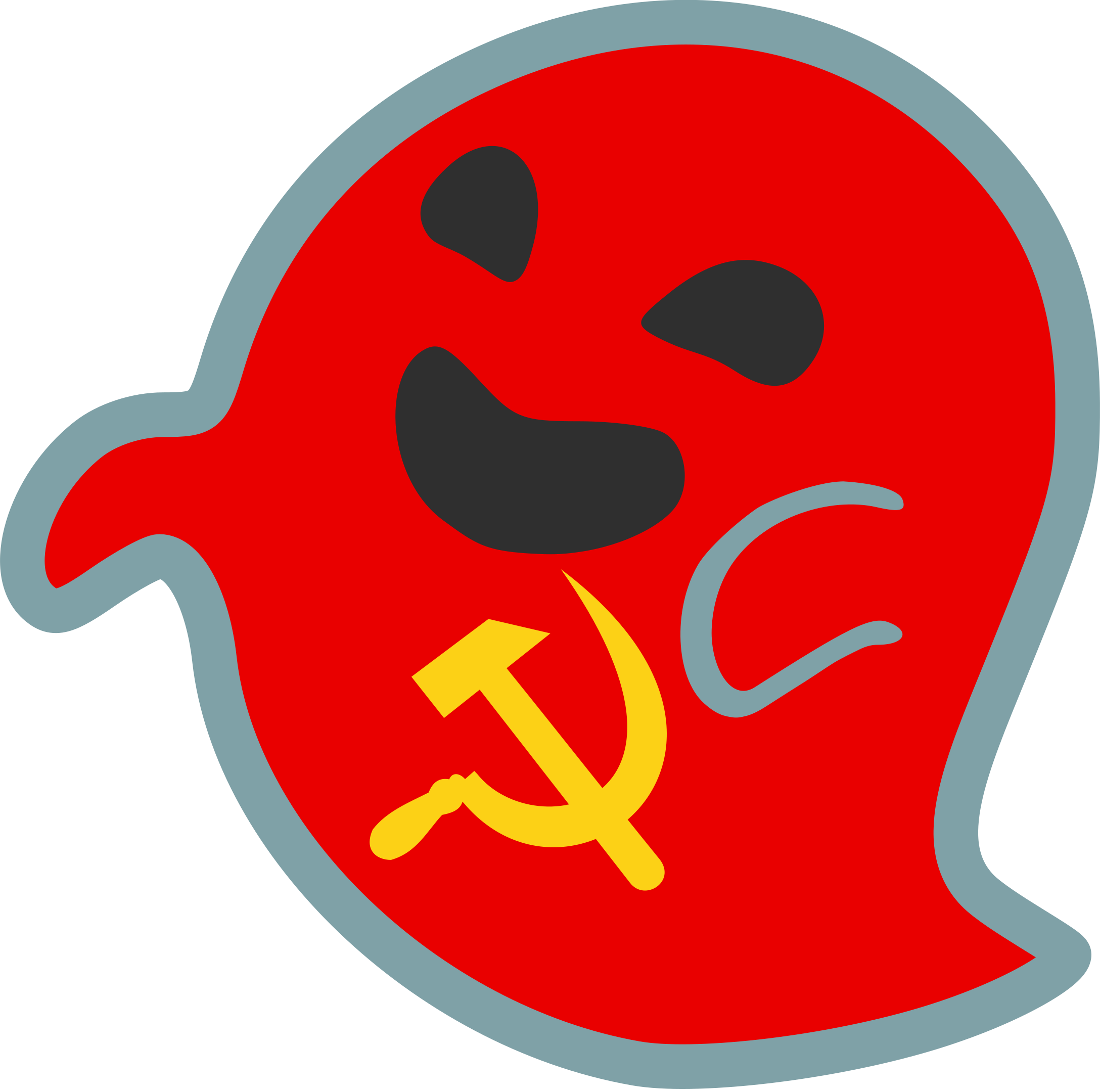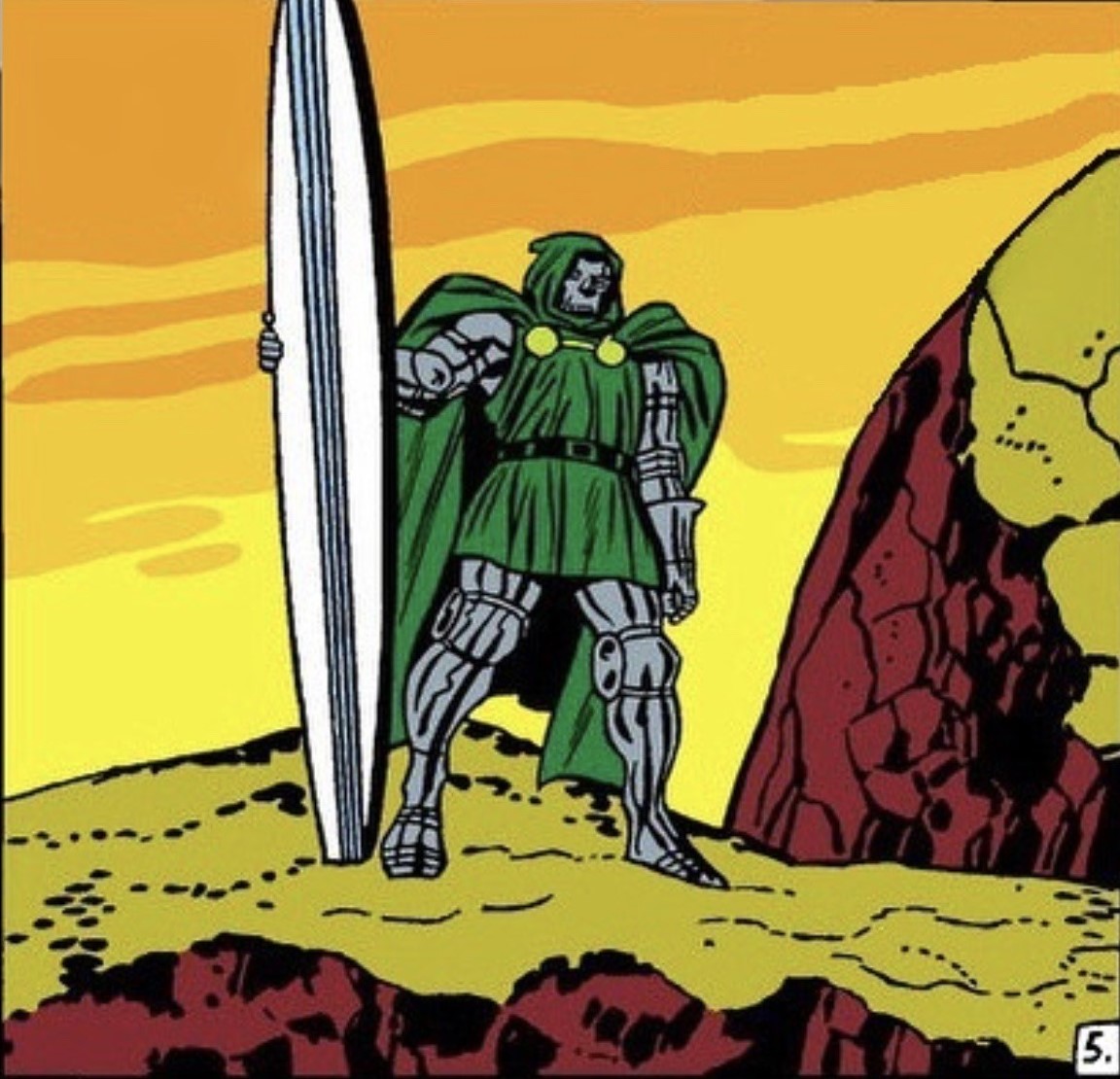That needs to be the British empire.
Arguably the US is an offshoot of that cancer
Fuck that we broke away centuries ago.
We metastasized centuries ago.
I mean looking at your post history this ridiculous comment makes sense.
stay mad wasp
Ok, puppet
Ah yes, anybody who disagrees with you is a puppet without independent thought. 🤡
Well how many people did the US kill? Any data on it?
It’s hard to quantify, but the US instigated or had a hand in causing most of the largest mass-killing events of the twentieth century.
To give just a single example, the CIA was the main driver behind the anti-communist massacres in Indonesia in 1965. 500k-1M people killed.
Or operation Condor, another anti-communist CIA-led program in several latin american countries: about 60-80k people killed, and 400k imprisoned.
A larger list of US atrocities is here.
Yeah there is a lot of data
Edit: the down votes are yet another US atrocity
Give?
Some numbers I found for reference to compare.
More info on WWII
 Sorry that’s unreadable in dark mode, I can’t find that one without a transparent background.
https://en.m.wikipedia.org/wiki/World_War_II_casualties
Sorry that’s unreadable in dark mode, I can’t find that one without a transparent background.
https://en.m.wikipedia.org/wiki/World_War_II_casualties
Millions of people died in China during the Great Leap, with estimates ranging from 15 to 55 million, making the Great Chinese Famine the largest or second-largest famine in human history
https://en.m.wikipedia.org/wiki/Great_Leap_Forward
conservative estimates, Stalin was responsible for the deaths of at least 7 million people, or about 4.2% of USSRs total population.
Millions of people died in China during the Great Leap, with estimates ranging from 15 to 55 million, making the Great Chinese Famine the largest or second-largest famine in human history
Meanwhile in the real world https://pubmed.ncbi.nlm.nih.gov/25495509/
Inability to consider context must be a quintessentially American mental characteristic.
conservative estimates, Stalin was responsible for the deaths of at least 7 million people, or about 4.2% of USSRs total population.
https://journals.sagepub.com/doi/pdf/10.1177/1478210316676002
Meanwhile, American settlers massacred so many native inhabitants that it cooled down the climate https://www.bbc.com/news/science-environment-47063973
Then of course, capitalism also brought us such wonders as the African slave trade.
And then we have all the atrocities US regime has been committing around the globe, killing countless millions in the name of capitalism
https://en.wikipedia.org/wiki/The_Jakarta_Method
https://gsp.yale.edu/sites/default/files/walrus_cambodiabombing_oct06.pdf
This is what happens when people get all their education from wikipedia instead of having any actual understanding of the subject.
All those sources you posted don’t refute what you quoted from the other comment. Seems like a “not as bad as” logical fallacy at play. The other poster didn’t say the US was without fault; even though the US has killed many people doesn’t make the actions of those other regimes any less bad.
The sources I posted are meant to provide context. And what they show is that when you consider what things were like before, communism actually improved lives in a tangible way. While bad things certainly have happened in communist societies, as they do in every human society, overall trajectory is positive. Meanwhile, the atrocities committed in the name of capitalism, and by US in particular, eclipse anything that has happened under communism. US is a blight upon humanity and has brutally repressed progress in every corner of the world.
Removed by mod
It’s literally about the question of what types of outcomes each system produces in the long run. And yes, the lives of Ukrainians were massively improved after the revolution.
USSR provided free education to all citizens resulting in literacy rising from 33% to 99.9%:
- http://www.revolutionarydemocracy.org/archive/PubEdUSSR.htm
- http://www.revolutionarydemocracy.org/archive/anglosov.htm
- http://unesdoc.unesco.org/images/0000/000013/001300eo.pdf
- https://en.wikipedia.org/wiki/Likbez
USSR doubled life expectancy in just 20 years. A newborn child in 1926-27 had a life expectancy of 44.4 years, up from 32.3 years thirty years before. In 1958-59 the life expectancy for newborns went up to 68.6 years. the Semashko system of the USSR increased lifespan by 50% in 20 years. By the 1960’s, lifespans in the USSR were comparable to those in the USA:
- https://en.wikipedia.org/wiki/Demographics_of_the_Soviet_Union
- https://www.rand.org/pubs/research_briefs/RB5054/index1.html
Quality of nutrition improved after the Soviet revolution, and the last time USSR had a famine was in 1940s. CIA data suggests they ate just as much as Americans after WW2 peroid while having better nutrition:
- https://www.scribd.com/document/430076844/CIA-RDP84B00274R000300150009-5-pdf
- https://artir.files.wordpress.com/2016/05/compar1.png?w=640
Meanwhile, let’s look at the whole holodomor narrative of yours from a perspective of an actual historian who studied it. During the 1932 famine, the USSR sent aid to affected regions in an attempt to alleviate the famine. According to Mark Tauger in his article, The 1932 Harvest and the Famine of 1933:
While the leadership did not stop exports, they did try to alleviate the famine. A 25 February 1933 Central Committee decree allotted seed loans of 320,000 tons to Ukraine and 240,000 tons to the northern Caucasus. Seed loans were also made to the Lower Volga and may have been made to other regions as well. Kul’chyts’kyy cites Ukrainian party archives showing that total aid to Ukraine by April 1933 actually exceeded 560,000 tons, including more than 80,000 tons of food
Some bring up massive grain exports during the famine to show that the Soviet Union exported food while Ukraine starved. This is fallacious for a number of reasons, but most importantly of all the amount of aid that was sent to Ukraine alone actually exceeded the amount that was exported at the time.
Aid to Ukraine alone was 60 percent greater than the amount exported during the same period. Total aid to famine regions was more than double exports for the first half of 1933.
According to Tauger, the reason why more aid was not provided was because of the low harvest
It appears to have been another consequence of the low 1932 harvest that more aid was not provided: After the low 1931, 1934, and 1936 harvests procured grain was transferred back to peasants at the expense of exports.
Tauger is not a communist, and ultimately this specific article takes the view that the low harvest was caused by collectivization (he factors in the natural causes of the famine in later articles, based on how he completely neglects to mention weather in this article at all its clear that his position shifted over the years). However, its interesting to see that the Soviets really did try to alleviate the famine as best as they could.
https://www.jstor.org/stable/2500600
On top of that, the famine was exacerbated by the fact that kulaks slaughtered livestock rather letting it be collectivized https://en.wikipedia.org/wiki/Kulak#Dekulakization
The reality is that famines were common in Tsarist times, and they were a major drive for the revolution in the first place. After the revolution, lives improved dramatically and famines stopped.
It’s really not about that, but seeing as mods are deleting my posts I’ll see myself out. Real nice being censored for the first time.
Enjoy having a new experience in life.
His sources are always bad
Where Stalin and Mao?
Stalin’s 20 million and Mao’s 70 million both come from a book called ‘The Black Book of Communism’ where th authors tried to inflate all the numbers as much as possible to arrive at 100 million deaths under communism in the end. The really high numbers come from taking the difference between the population decades later and what the population would have been if the borth rate hadn’t dropped (even though lower birth rates are an indication of better living standards).
Also, if you leave out the USSR’s purges (Soviet archives revealed around 800k), almost all of the deaths come from ‘man made famines’. Completely disregarding that in both China and Russia there have been famines all the time before their revolutions. Both countries were among the poorest and most backward in the world. No government on earth could have prevented all famines immediately. After some years after Mao’s and Stalin’s reorganizations of agriculture, famines were eliminated (except for during WW2). Life expectancy doubled within 30 years under communist China. Very quickly in the Soviet Union as well.
Of course you can argue about the governments having been able to do it better in hindsight, but even then the deaths certainly weren’t cold blooded murder.
Considering this, you certainly won’t arrive at the tens of millions of people killed just by the US military. Many, many more if you factor in indirect deaths (by embargoes, sanctions, refusing to allow other countries to produce their vaccines, etc.).
in your deranged fantasies
I’m a cereal killer Its a bad habit I killed Tony, Lucky Charms, and that silly rabbit








